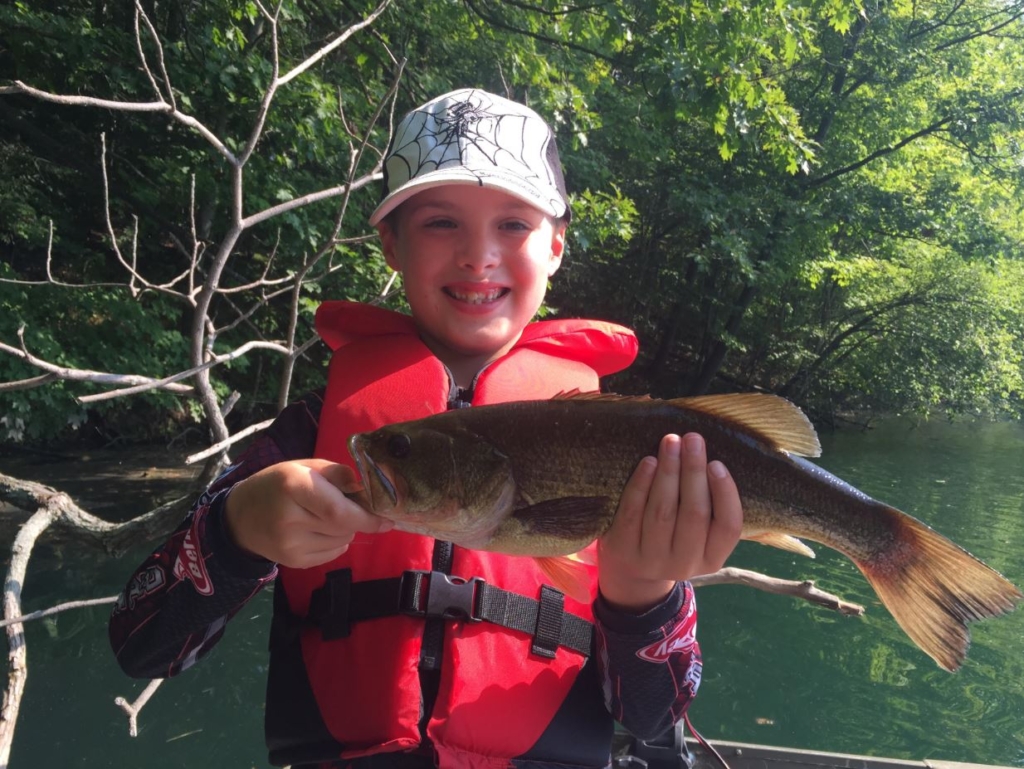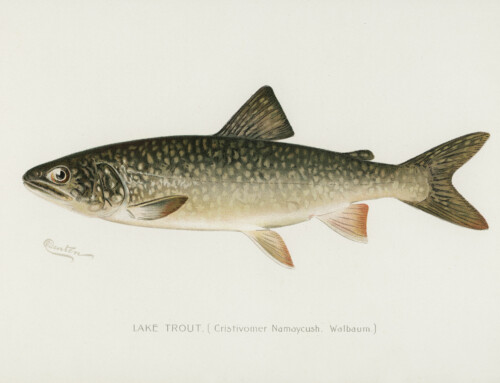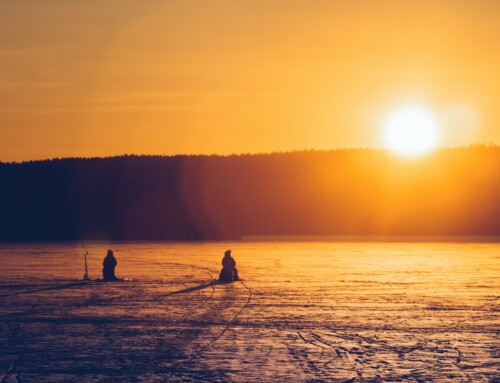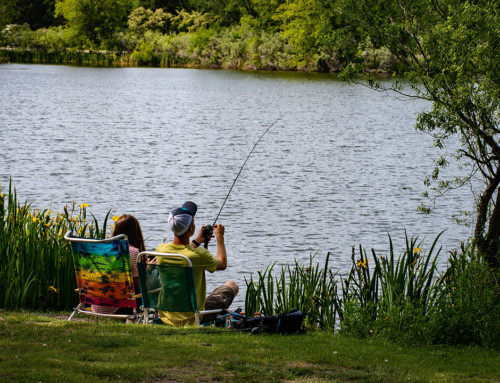By Jason Barnucz
In today’s day and age there is a serious need to engage youth in the outdoors.
Fishing is one of the greatest ways to engage youth in the outdoors. It provides young and old a chance to build independence and build memories. Fishing is also a very easy way to enjoy the outdoors with minimal expense.
Here are some things to consider when taking kids fishing that will make time on the water enjoyable for everyone.
- Location: Be sure to scout locations that are both easy to access and fish may be plentiful. Don’t worry about catching your next trophy fish. Kids are happy catching any fish. The more fish they catch the more they will want to be challenged with larger fish, different species, etc. A great source for fishing locations is the Ministry of Natural Resources Fish On-line web application. Using this application can allow anglers to learn about waterbodies across Ontario including local fishing regulations, locations of boat ramps, species lists, stocking records and more. See the link to this application below.
- Fishing Equipment: Often anglers can be guilty of complicating this part of the process. Keeping it simple for kids is important.
- Reels: A good quality spin-cast or spinning reel is great for beginners. Spin-cast reels are easy to cast and maintain.
- Rods: A light to medium action rod between 4’ to 5′ in length is a good start for beginners also. Shorter rods are easier to transport and can result in less tangles.
- Line: A spool of good quality monofilament in 6lb or 8lb monofilament is great. It is cheap and reliable.
- Tackle: Again the ‘keep it simple’ rule applies for tackle. Hooks, weights/sinkers and bobbers are great for getting started. Livebait like nightcrawlers/worms is readily accessible for most anglers at local tackle shops, gas stations and variety stores. Don’t be afraid to consider artificial baits. Many companies like Berkley make a vast array of artificial baits. When using artificial baits there is no risk of spreading exotic species or running into issues regarding bait restrictions. Also, artificial baits can be easily stored at home and are ready at a moment’s notice for spur of the moment fishing trips. A small assortment of jigheads in the 1/32oz to 1/8oz size are a great start. These will match up well with small artificial baits between 1” and 2” in length.
- Additional Essential Equipment: The key to all fishing trips is preparation. When taking kids fishing preparation may involve some unique components to make for a successful day. A list is helpful to get started. Fishing gear is always important. Additional items should include: snacks, drinks, water, sunscreen, bug repellant, rain jackets, hats, first-aid kit, and sunglasses.
- Fishing Safety:
- Life Jackets: It is imperative that anglers with children always keep safety first. Life jackets can be uncomfortable but are very important for small kids around water. Especially young children not able to swim. Make sure life jackets fit properly and are worn properly.
- Hooks: Hooks have barbs and should only be handled by adults when on the water. Parents can easily take a pair of needle nosed pliers and press/pinch barbs flat so they can be a reduced risk to kids and people nearby. If there is an incident with a hook going into the skin a hook without a barb is removed much easier than one with a barb.
Now that we have covered off preparation let’s address techniques and skills need to land that next trophy fish! Take time to explain to children how to cast the equipment, detect bites, and setting the hook. All of these skills will help build up a child’s confidence and help them appreciate their time on the water.
Casting: The preferred cast for young children is likely a sidearm cast. Teach a child to look over their shoulder to make sure it is safe to cast. Then bring the rod back behind them keeping it above their waist. As they sweep the rod forward they can release the line just prior to pointing at the target. This all takes time and often can be practiced at home on the lawn with just a weight and bobber.
Detecting a Bite: The easiest way to detect bites is to use a hook and bobber setup. Teach kids that when a fish bites the bobber will be pulled or slide under the water’s surface. At this point they can set the hook. Demonstrate setting the hook much like demonstrating the casting technique.
Playing and Landing a Fish: This can take time but could be the most enjoyable part of the day. Once a fish is hooked the key is to reel slowly and keeping the rod bent. Children will likely ask for help so be there to help out. A landing net is always fun to land a fish. Often if there are multiple children taking turns operating the net and catching fish is a great way to teach team skills. Even for small fish.
Capturing the Memory: It is important to take pictures of your catch but don’t hold the fish out of water for too long. A quick photo is all it takes to make a great memory last forever. Once a photo is taken quickly release the fish if desired. Also, keeping a few fish for the table is great. Be sure to follow the regulations in your area and also the Ontario Guide to Eating Sportfish (see link below).
After all of this be sure to HAVE FUN! This is the primary objective and regardless of the number of fish caught having fun is the greatest part of the trip!
For great fishing tips and information for kids and families be sure to check these links:
Fish On-line Tool (Ontario Ministry of Natural Resources and Forests)
Guide to Eating Ontario Sportfish (Ontario Minister of the Environment and Climate Change)







